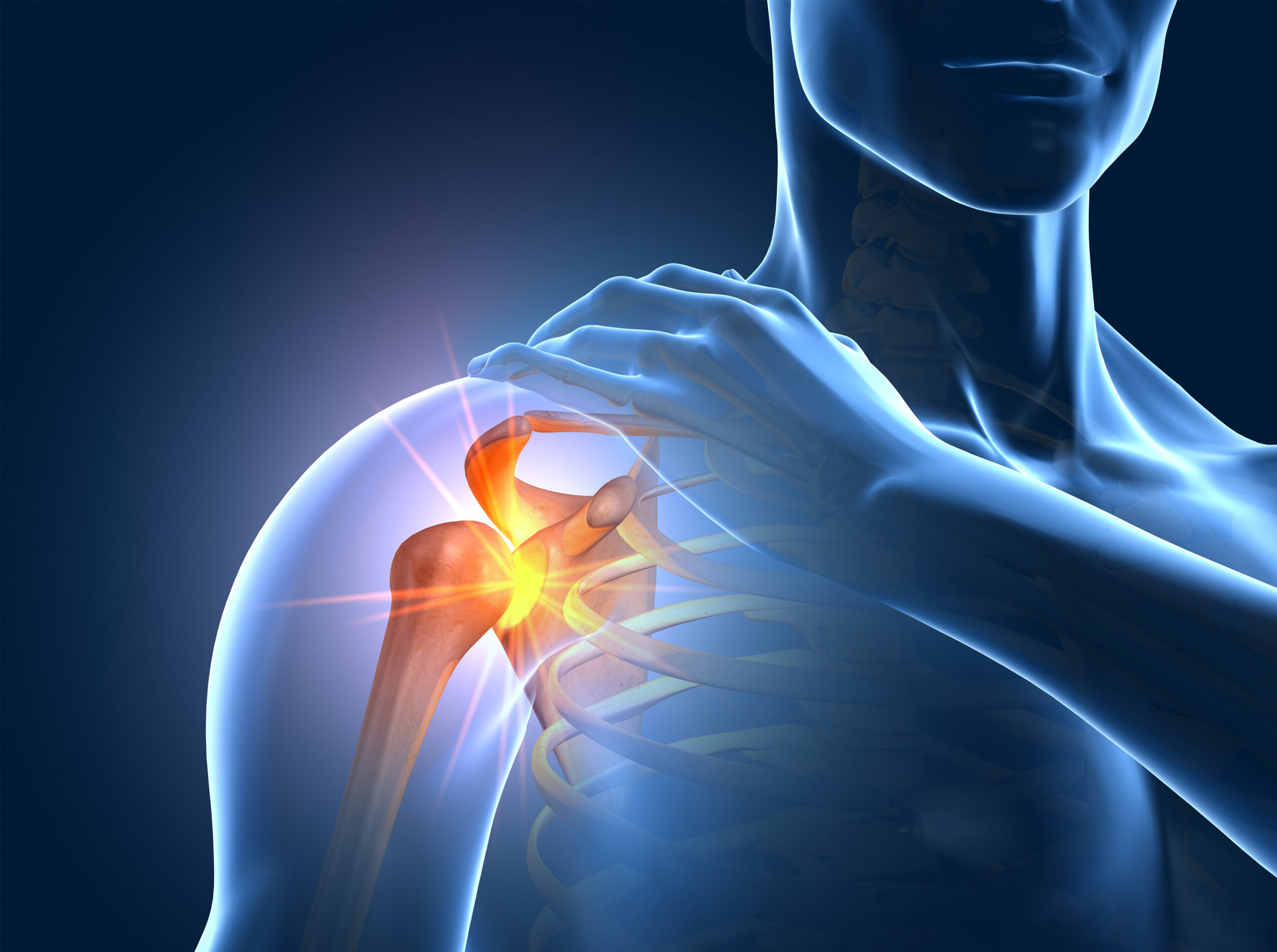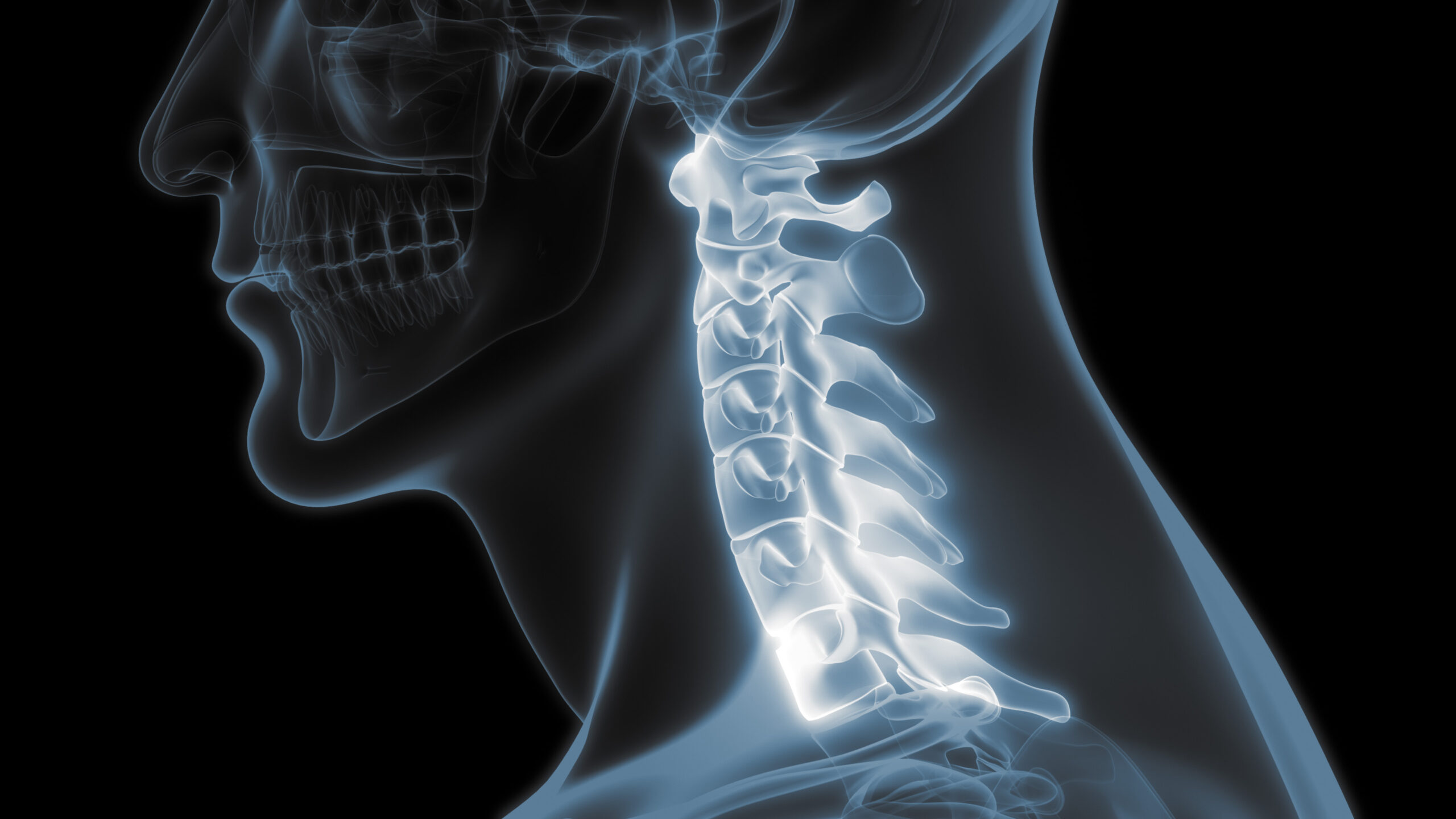Cartilage Restoration Procedure With Dr. Jamie Friedman
Welcome to a Medical Minute segment with Dr. Jamie Friedman, Fellowship-trained Orthopedic Sports Medicine physician at the Colorado Springs Orthopaedic Group. Join Dr. Friedman in the video linked below as she discusses cartilage restoration procedures, what specific injuries they can be utilized as a treatment option for, and how they can help delay the need for a total knee replacement for the appropriate patients.
What is cartilage restoration?
Cartilage restoration, also known as Articular Cartilage Restoration, helps the bones articulate or glide smoothly against each other when the natural cartilage has worn or been previously injured. Articular cartilage also provides a shock absorber for the knee joint, especially since it is a weight-bearing joint. Unfortunately, when the cartilage is injured, it does not heal itself because there is not a direct blood supply to it. This can lead to early arthritis if not treated appropriately.
What are some of the symptoms of a cartilage injury?
Cartilage injuries can either occur with a traumatic injury or over time with a repetitive motion such as general wear and tear on the joint. A patient will typically have increased pain or swelling after a particular activity or at the end of an active day. They may also have mechanical symptoms such as painful clicking or catching when they bend or straighten their knee. In very advanced cartilage loss, patients may be severely limited by this pain.
Who is a good candidate for a cartilage restoration procedure?
The best candidate for a cartilage restoration surgery is typically an active young adult. This prevents them from going on and developing early arthritis. These are also patients that have severe pain and likely too young for a partial or total knee replacement.
What are the cartilage restoration procedures that CSOG offers?

There is a wide variety of cartilage restoration procedures that CSOG is able to perform to help with joint pain. Some of the most advanced techniques are arthroscopic or minimally invasive surgery with a small incision near the joint. When the cartilage itself is the only thing involved, the physician will take cells from the patient, or from a donor, send them to a lab, and once the cells are returned, place them over the cartilage defect – kind of like filling in a pothole in the street. This is called Chondrocyte Implantation.
If the bone underneath the cartilage is also affected, then the physician will need to take a plug from the patient or a donor and put that into the defect. This is called Osteochondral Autograft Transplantation.
What is the recovery time for a cartilage restoration procedure?
It depends on what surgery is performed, but in general, the patient will be partially weight-bearing for six to eight weeks while allowing that cartilage to heal. At about two to three months, more range of motion gets added along with strength and balancing activities. It takes about four to six months to get back to a patient’s normal activities. Even though this is a longer recovery period than some of the other surgeries available, it has been shown to be greatly beneficial to eliminate the patient’s pain and save them from an early knee replacement.
To schedule an appointment with Dr. Friedman, call our offices at (719) 632-7669.
Physicians:

Jamie L. Friedman, MD
Dr. Friedman’s interests include treating a full range of sports injuries and specializes in complex injuries involving the shoulder and knee.
> Jamie L. Friedman, MD


